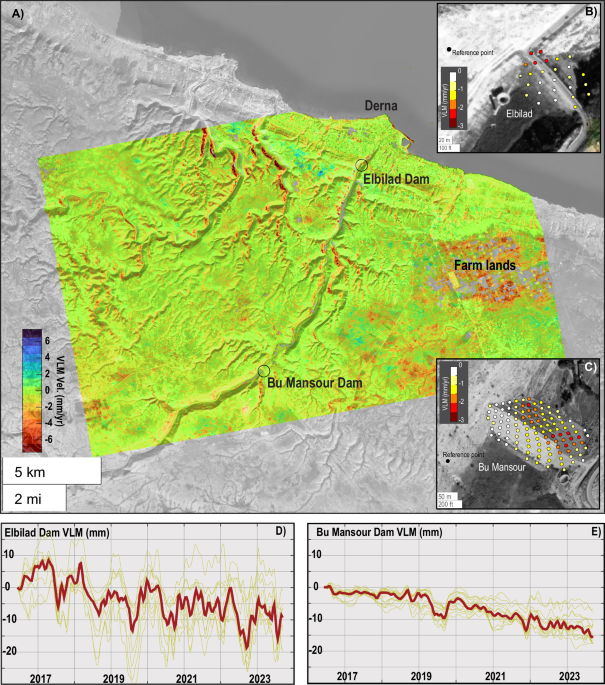- Select a language for the TTS:
- UK English Female
- UK English Male
- US English Female
- US English Male
- Australian Female
- Australian Male
- Language selected: (auto detect) - EN
Play all audios:
ABSTRACT THIS is an elaborate and ingenious attempt to apply the principles of Natural Selection, or the Survival of the Fittest, to the observed phenomena of Phyllotaxy, or the arrangement
of leaves on the stems in plants. Stating in the outset very clearly the distinction between this theory, according to which every organ, and every arrangement of organs, must be of some
practical (though possibly undiscovered) utility to the plant, and that of “types,” which requires no such hypothesis, Dr. Wright proceeds to investigate how the origin of the phenomena
under investigation can be accounted for on the former theory. It must be assumed in the outset that the two principal modes of the arrangement of foliar organs, of which all others are
modifications, the spiral and the verticillate, are modifications of a single original type. Investigating the actual arrangements on mathematical principles, he finds that the various
angular distances of leaves on the stem are resolvable into the general form of _The Use and Origin of the Arrangements of Leaves in Plants_. By Chauncey Wright. (American Academy of Science
and Arts.) Access through your institution Buy or subscribe This is a preview of subscription content, access via your institution ACCESS OPTIONS Access through your institution Subscribe
to this journal Receive 51 print issues and online access $199.00 per year only $3.90 per issue Learn more Buy this article * Purchase on SpringerLink * Instant access to full article PDF
Buy now Prices may be subject to local taxes which are calculated during checkout ADDITIONAL ACCESS OPTIONS: * Log in * Learn about institutional subscriptions * Read our FAQs * Contact
customer support Authors * A. W. B. View author publications You can also search for this author inPubMed Google Scholar RIGHTS AND PERMISSIONS Reprints and permissions ABOUT THIS ARTICLE
CITE THIS ARTICLE B., A. [Book Reviews]. _Nature_ 6, 4–5 (1872). https://doi.org/10.1038/006004b0 Download citation * Issue Date: 02 May 1872 * DOI: https://doi.org/10.1038/006004b0 SHARE
THIS ARTICLE Anyone you share the following link with will be able to read this content: Get shareable link Sorry, a shareable link is not currently available for this article. Copy to
clipboard Provided by the Springer Nature SharedIt content-sharing initiative








